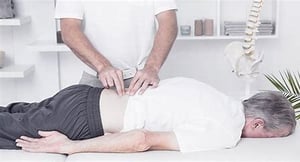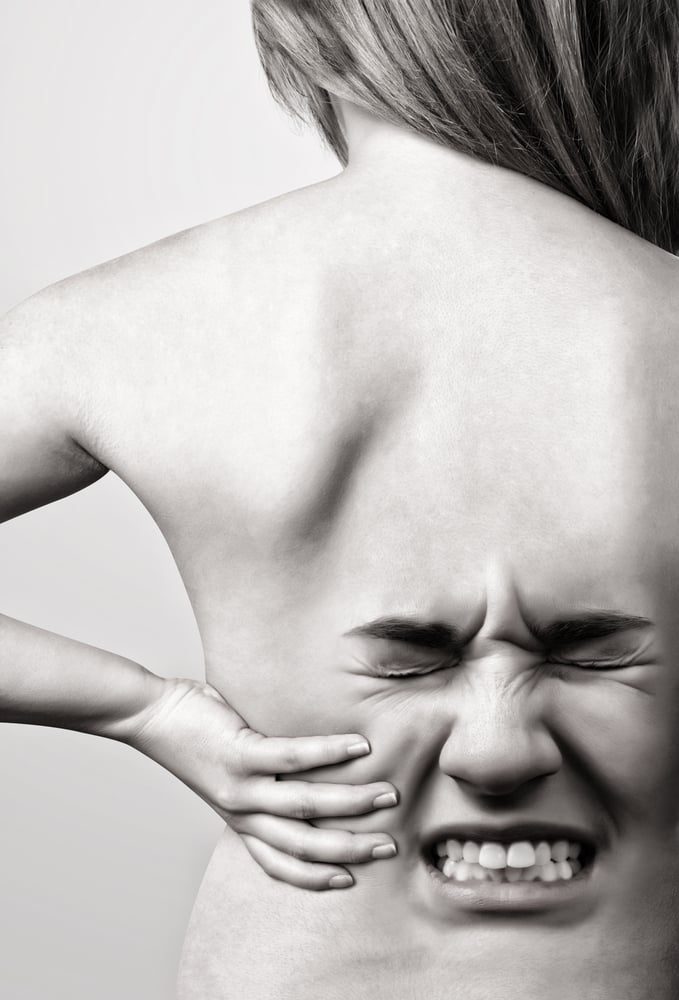Healing, recovery and treatment can all be uncomfortable, even painful. You do not have to be injured to know there are side effects to "getting help" or "progressing".
Help you get back! Osteopathic manual practitioners can treat patients in the acute/inflammatory phase, demolition phase and early, mid and late healing phases and return to work/sport/occupation phase.
The aim of the osteopathic manual practitioner’s treatment is to restore the normal physiological function of interrelated body structures and systems. This aim optimizes the body’s natural ability to heal itself by taking away the blockage, imbalances and pain. In the most optimal state, the body is back in balance and every system moves and flows normally.
Treatment period: Although treatment may be directed toward several specific areas, the effect of that treatment is often felt throughout the body. It is for this reason that the osteopathic manual practitioner also treats the whole body. The frequency of visits is based on your assessment, which comes out to an average of 3-6 visits in the short term. Adequate time between visits is required to allow your body to accept and integrate the changes that occur from one visit to the next that includes once a week until you reach a yearly maintenance phase.
- Osteopathic manual practitioners go through extensive education and clinical training, to effectively assessing and assisting patients using a wide range of manual techniques.
- They evaluate the body and employ a holistic approach to achieve improved outcomes and a longer lasting recovery.
The way it goes: The osteopathic manual practitioner gently and intentionally palpates the tissues or organs that are being examined, which is determined by the injury. They also can detect minute changes in the quality of the tissues and with a thorough history, they can personalize a patient’s course of treatment; and treat in a methodological sequence, such as treating the most severe problems first or choosing the most appropriate area to begin treatment to minimize soreness. This allows them to determine the tissues or organs that need immediate attention.
organs that are being examined, which is determined by the injury. They also can detect minute changes in the quality of the tissues and with a thorough history, they can personalize a patient’s course of treatment; and treat in a methodological sequence, such as treating the most severe problems first or choosing the most appropriate area to begin treatment to minimize soreness. This allows them to determine the tissues or organs that need immediate attention.
Very personal attention to your uniqueness: Above all manual therapists, Osteopathy is able to offer a totally customized treatment. The osteopathic manual practitioner also recognizes that each patient has a unique mental, emotional and physical condition. With this in mind, they can and do treat all ages from newborns a few weeks old to adults at any age. Therefore, they can treat various injuries such as strains and sprains, surgical interventions such as repairs and reconstructions, helping correct muscle imbalances, aid in the healing process to improve recovery, help with medical conditions such as high blood pressure and diabetes, and treat other conditions such as migraines, vertigo and arthritis. The gentle palpation used, the methodological sequence and the hands-on nature of the techniques, are suitable and safe for all ages.
It is because of this assessment and treatment that healing can occur immediately or take some time depending on the complexity of the problem; which includes the nature and severity of the injury and the psychosomatic (mind-body) condition of the patient. In other words, osteopathic treatment can lead to immediate recovery or may require more time to allow the practitioner to work through the patient’s needs which leads to a lengthy recovery period.  In the latter case, it is also true that properly receiving treatment, adhering to treatment plans, and a commitment from both the osteopathic manual practitioner and patient to do their parts such as educating the patient and giving them exercises verses doing exercises and abstaining from certain activities respectively, are also important in the speed of recovery.
In the latter case, it is also true that properly receiving treatment, adhering to treatment plans, and a commitment from both the osteopathic manual practitioner and patient to do their parts such as educating the patient and giving them exercises verses doing exercises and abstaining from certain activities respectively, are also important in the speed of recovery.
As part of the Integrative health model, its team work between the osteopathic manual practitioner and the patient (and with other healthcare providers as well) for a full and speedy recovery ! In the end, both the osteopathic manual practitioner and the patient have to be on the same page and work together for the best of the patient for a quick and complete recovery.
